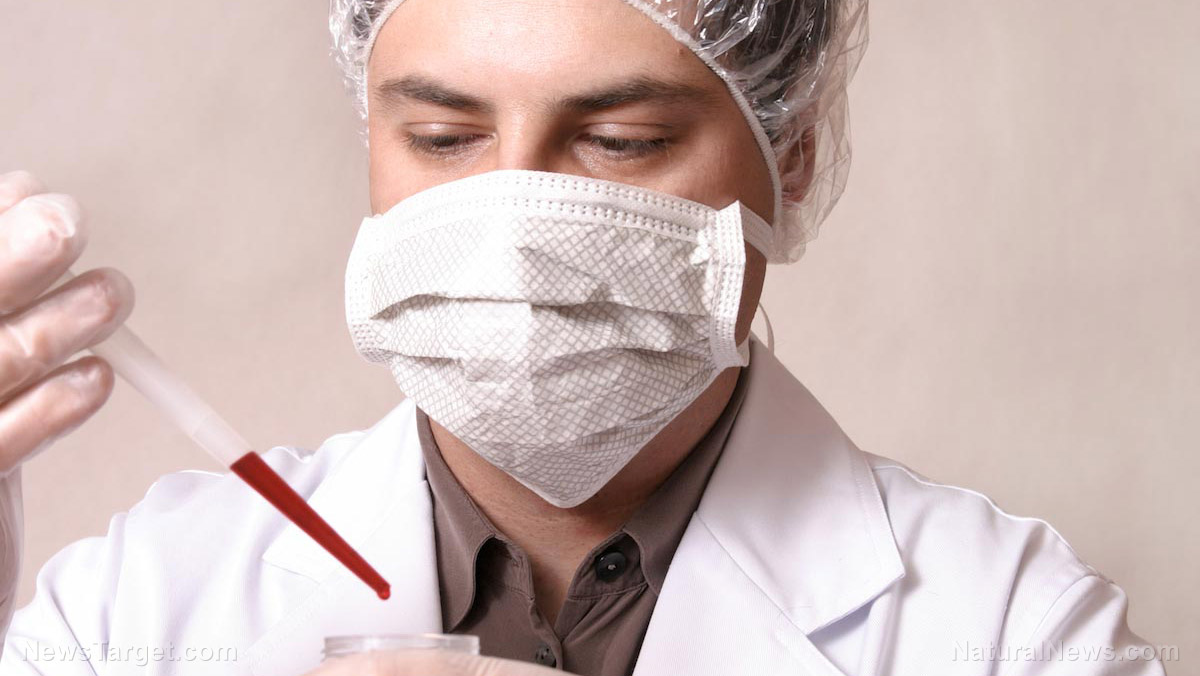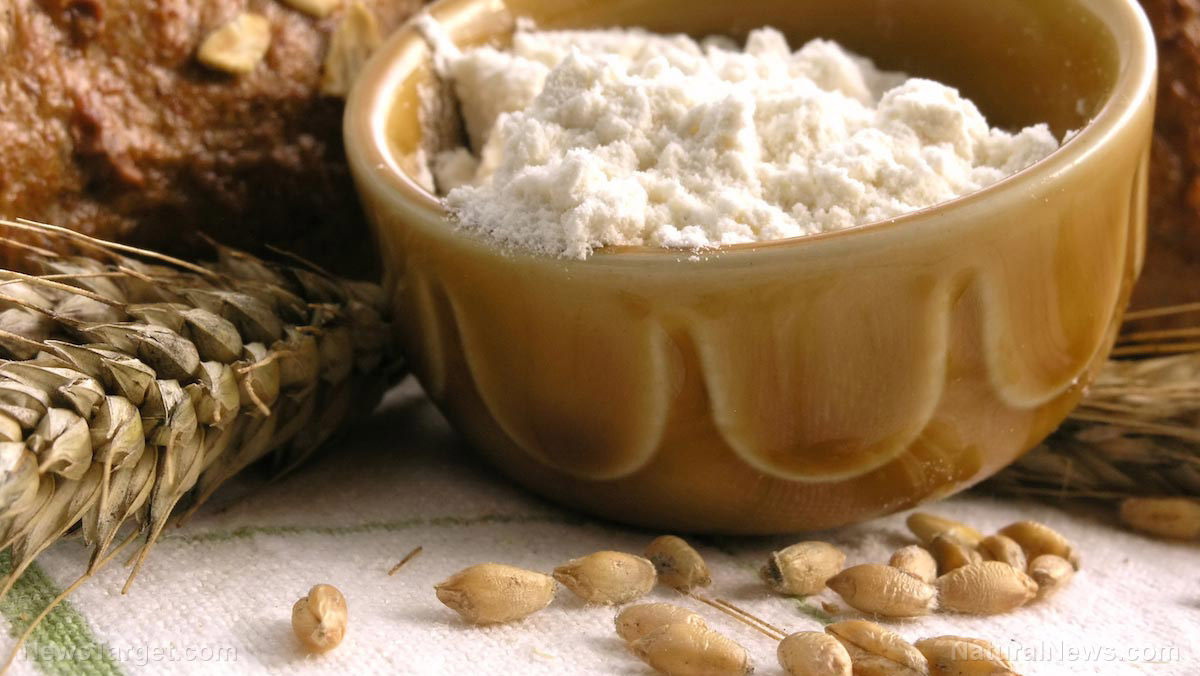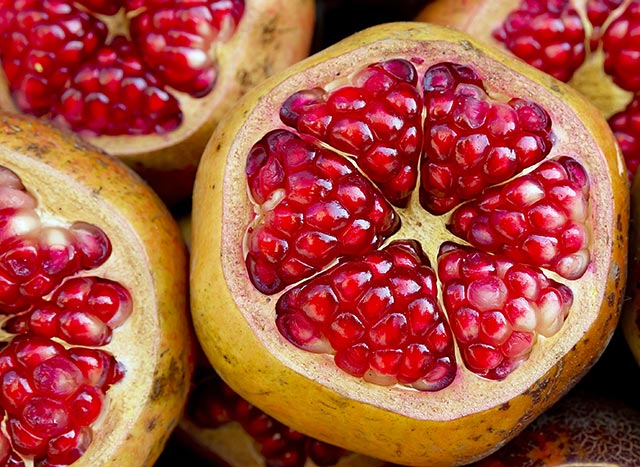New study suggests that reformulated nail polishes are not necessarily safer
12/03/2018 / By Vicki Batts

Many people have turned to non-toxic nail polish as a safer way to get their nails done, but new research has shown that the replacement chemicals used in so-called “3-free” polishes aren’t actually any better for your health. As is so often the case, it turns out that the nail polish industry has simply exchanged one toxin for another.
Consumers have grown more interested in the ingredients that go into their favorite cosmetic products over the years. And as awareness of the toxic compounds that go into beauty products (nail polishes and so on) spreads, the industry has responded with promises of products that are free of dangerous chemicals, such as 3-free nail polish. Three-free nail polish is free of the “toxic trio,” dibutyl phthalate (DnBP), toluene, and formaldehyde.
Since 3-free landed on the market, “5-free” and even “7-free” polishes have also been developed. There are even “13-free” nail polishes available today, but as a study published in Environmental Science and Technology shows, they may not be any safer than traditional polishes.
Non-toxic, or not safe?
Doctoral student Anna Young, from Harvard T. H. Chan School of Public Health, worked with her team to take a more critical look at non-toxic nail polish. Fifty-five polishes from 44 different brands, sold in both stores and salons, were tested. Young and her team examined labels and ingredient lists, and compared how each brand defined its claims of being “free” of select toxins.
As sources note, 3-free and 5-free polishes were pretty consistent in terms of their ingredients, but after that, things became less predictable. Not only did the ingredients in higher number “-free” polishes become inconsistent, what being “free” of toxins meant seemed to become less concrete, as well. As Health.com reports:
Out of the 10 products labeled “10-free,” for example, there were six different variations as to what those 10 toxic compounds were. And because there’s no standardization across products, there’s no way to know if a certain ingredient (like lead or acetone or parabens, for example) is included in a product’s list of exclusions.
Some brands include wheat, gluten, fat and “animal-derived” ingredients in their list of excluded substances, even though they do not pose a threat to most consumers’ health. So, a more exclusive ingredient list does not automatically ensure there will be an increase in product safety.
More concerning, however, is the fact that when brands phase out known toxins, they are replaced with similar, but not well-studied, compounds. While an array of nail polish chemicals have been linked to health problems already, that number is sure to grow.
“It’s a practice known as regrettable substitution, and it doesn’t just happen in the nail polish industry. When one toxic ingredient is simply replaced with another one, it’s kind of like playing a game of chemical whack-a-mole,” Young commented. In the plastic industry, a similar phenomenon has occurred with BPA and “BPA-free” products, which are now also under scrutiny.
The power of the elements: Discover Colloidal Silver Mouthwash with quality, natural ingredients like Sangre de Drago sap, black walnut hulls, menthol crystals and more. Zero artificial sweeteners, colors or alcohol. Learn more at the Health Ranger Store and help support this news site.
“With little standardization or validation of the claims, it’s challenging for consumers and nail salon workers to know what these labels really mean for health. It’s not as simple as what substances aren’t in nail polish; we have to address harmful chemicals still present or added as substitutes,” the study author commented further.
Young recommends looking at the entire ingredient list before purchasing a polish, rather than relying on what the front of the package says. She adds that just because one toxin has been removed, other ingredients may still be risky.
You can learn more about dangerous chemicals, compounds and more at Toxins.news.
Sources for this article include:
Tagged Under: chemicals, Cosmetics, nail polish, parabens, Personal care products, toxic chemicals, toxic ingredients, toxins, women's health




















